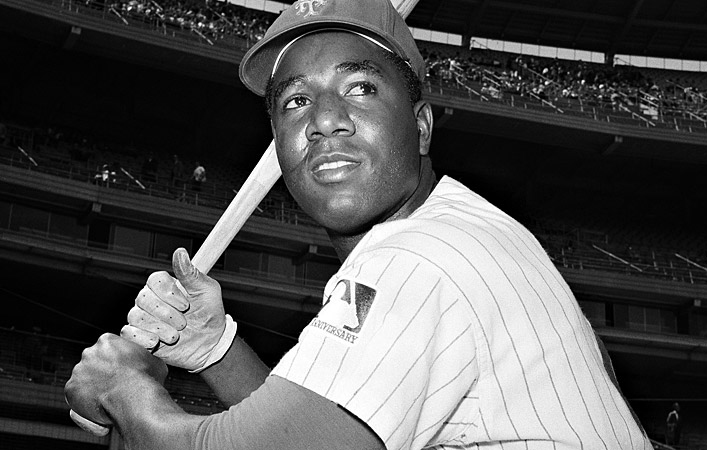
As written by Ken Davidoff in the New York Post, Cleon Jones, who famously caught the last out of the 1969 World Series, is giving back to his hometown community of Africatown, AL at the age of 78.
Good morning. I spoke with the great Cleon Jones about how he's continuing to help his community of Africatown, Ala. Here's my conversation with him and info on how you can help: https://t.co/zclGR3OZ2x #Mets
— Ken Davidoff (@KenDavidoff) December 18, 2020
Jones, who took a knee in left field to secure the Mets first championship in just their eighth season of existence, is now taking to ladders to help rebuild roofs damaged by recent storms in Africatown.
Jones has a charitable organization appropriately named The Last Out Community Foundation. His work has been focused on Africatown, which has seen its population shrink from 14,000 when Jones was growing up, to around 1,800 in present day.
Jones, who actually does some of the necessary work, maintains his sense of humor about working on roofs at his age.
“Like I tell my wife, I’m old, but I’m not dead. I can walk up the ladder and do what needs to be done. In my younger days, I could walk up the ladder but I could jump off the house getting down. I can’t jump off the house anymore. Now I walk down the ladder. I have to be careful.
“When I go on top of houses, I’m like Humpty Dumpty. If I fall, you’ll never put me together again.”
Cleon Jones was born in Plateau, AL, on August 4, 1942 before moving to Africatown. He was drafted by the Mets before the 1963 season, and made his major league debut later that season, appearing in six games. Jones became a full-time Mets player in the 1966 season.
As a Met over 13 seasons (10 full seasons), Jones had a slash line of .281/.339/.404. He hit 93 home runs, had 524 RBIs, and had an OPS+ of 110. Jones’ best season was 1969, when he had a BA of .340 an OPS of .904, and an OPS+ of 151.
Jones was outstanding in the 1969 NLCS against the Braves, with a BA of .429 and an OPS of 1.252. In the three-game series, Jones also had a home run and four RBIs. He did not have a strong showing in the World Series, batting .158 with no homes runs and no RBIs.
In the 1973 postseason, Jones hit .300 against the Reds in the NLCS (no home runs, three RBIs) with an OPS of .764, and followed that up with a .286 average (one home run, one RBI), and an .858 OPS in the World Series against Oakland.
Jones was released by the Mets during the 1975 season. He played 12 games for the White Sox in 1976, was released during the season, and was out of baseball at the age of 33. Jones was an all star in 1969, and was fifth among National League position players with a bWAR of 7.0 that season.
Jones was involved in a play that has been talked about for 51 years on July 30, 1969. In that game, the second game of a doubleheader against Houston in which the Mets had lost the first game, the Mets were behind 7-0 in the third inning.
Jones was slow going after a double to left field, and manager Gil Hodges walked out to left field, and removed Jones from the game. Both the player and manager have said that Jones was not removed for lack of hustle, but rather because the wet turf had either caused, or there was fear that it could cause, an injury. Jones has said that though a mis-interpretation, the thought that the manager would not tolerate lackadaisical play motivated the team, that went on a streak from that point to a championship.
Jones was also involved in an incident during extended spiring training in 1975. There was suspicion of extra-marital activity and marijuana possession in Florida. Though the charges were dropped, Mets Chairman of the Board, M. Donald Grant, forced Jones to publicly apologize for the incident during a press conference. As noted above, Jones was released during the 1975 season.
Cleon Jones will forever have a place in Mets’ history. His giving back to his hometown community shows that in addition to being a dynamic player who helped bring the Mets a title, he’s a solid man who deserves to be acknowledged as such.















